Tuna El Gabal in Minya, Egypt, is a significant necropolis spanning from the New Kingdom to the Roman era. It features richly decorated tombs, such as those of Petosiris and Isadora, and reflects evolving burial customs influenced by Greek and Roman traditions. Highlights include catacombs with mummified ibises and baboons dedicated to Thoth, Akhenaten’s boundary stelae, and intricate funerary art. Excavations have revealed hundreds of mummies, rare papyri, and ceremonial objects, making it a vital site for understanding ancient Egypt’s religious, cultural, and artistic heritage.
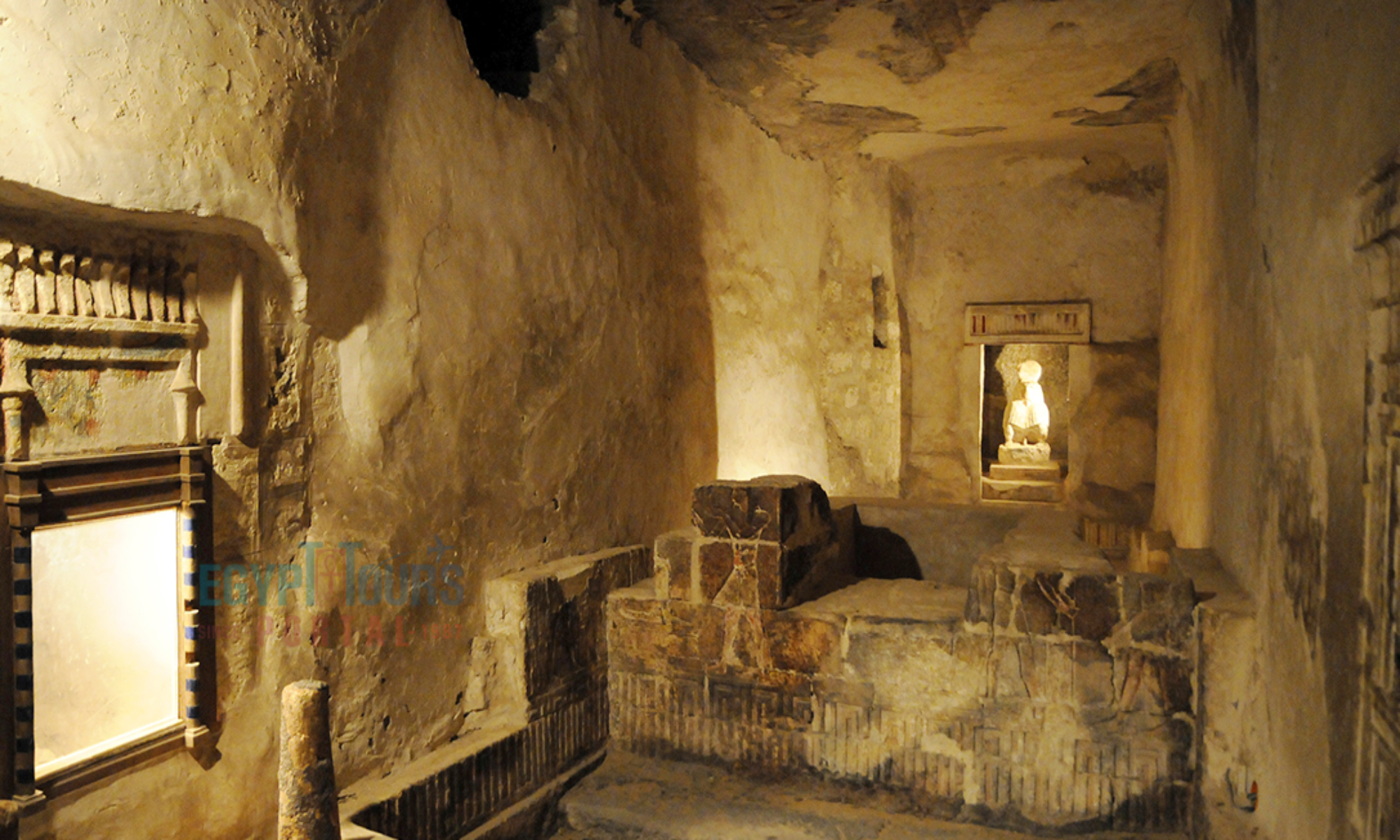
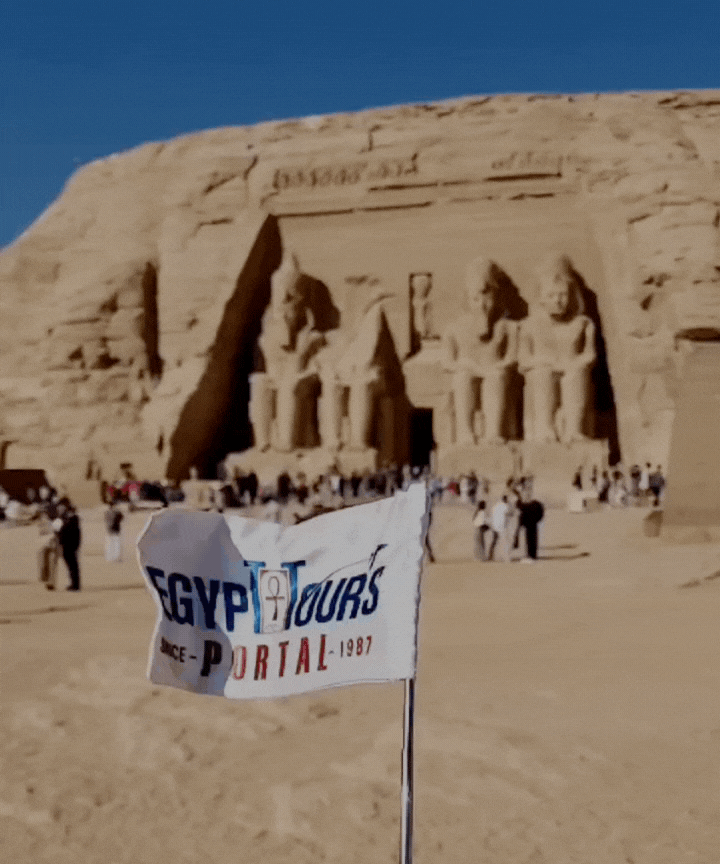
Tuna El Gebel is an extraordinary attraction that stood strong against the power of time like a white flower in the heart of the Western Sahara, radiating pure allure and grandeur, plus Magnificat tales about one of the greatest ancient cities in the history of this miraculous ancient civilization of Egypt. The place holds immense historical significance and priceless importance as it is filled with an incredible necropolis with tombs and catacombs that date back to the New Kingdom, Ptolemaic, and Roman periods.
This epic attraction provides a magical glimpse into their way of life, style of housing, and valuable insights into the burial customs and commemorative culture of these ancient Egyptians. Excavations at Tuna El Gabal have revealed a treasure trove of artifacts, which remain a main contribution to our understanding of the ancient civilization that once thrived in this blessed region.
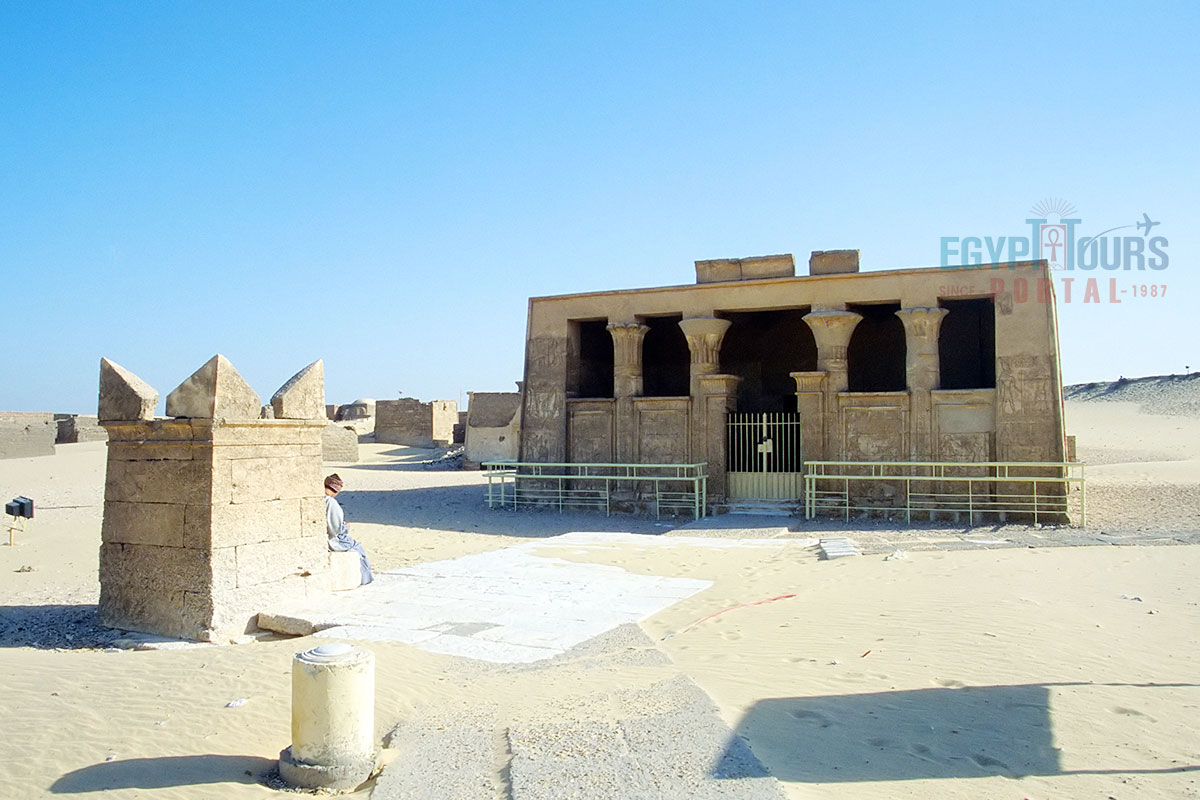
Tuna El Gebel is located in the Minya Governorate in middle Egypt, around 246 kilometers (153 miles) south of Cairo. The site's strategic position along the Nile River contributed to its prominence as a major administrative and trade center in ancient times. The site has a strategic location found near the epic city of Hermopolis Magna or the city of Khnum, which made it an ideal burial ground for ancient Egyptians, that is just 11 km from the city, plus its in the north-western boundary of Akhenaten’s city, that gain fame for holding the boundary stela.
Explore the history and epic prestigious of Minya City
Read More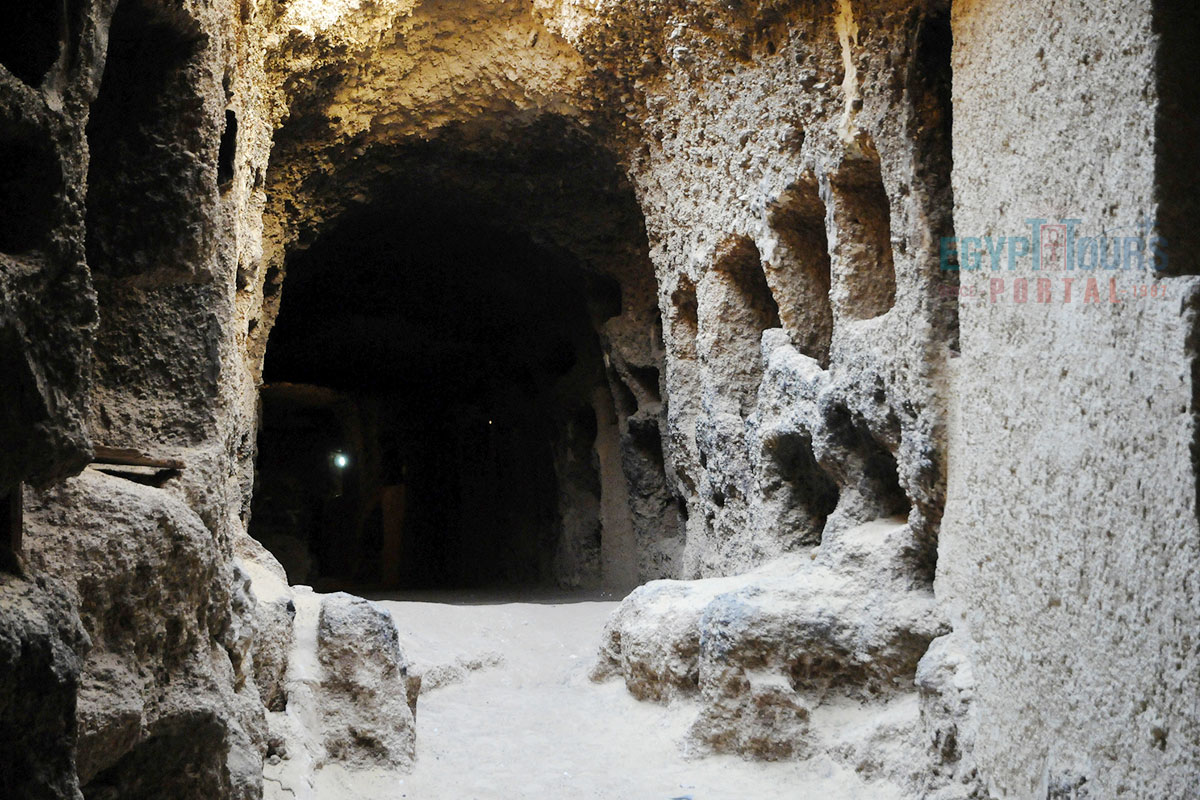
Throughout the glorious historical epochs within the necropolis of Tuna el-Gebel, an array of great tombs and amazing activities thrived. While the Ptolemaic and Roman eras predominantly boast the majority of tombs and activities, one exceptional temple stands out, tracing its origins back to the times of Pharaoh Amenhotep III. These unique temples might have been dedicated to Amenhotep III, the god of writings and knowledge, Thoth, and other revered ancient Egyptian gods and goddesses. The area also holds a few tombs from the New Kingdom era (1570 – 1070 BC).
In the Late Period, the necropolis of Tuna el-Gebel served as the main animal cemetery, which was centered around mummified baboons and ibises, symbolizing Thoth, alongside various bird mummies. The burial of ancient Egyptian animals seems to be the result of nearby animal preserves and breeding grounds, which reflect the veneration of Thoth in the local culture.
The Ptolemaic age (305 – 30 BC) brought a significant upsurge in the utilization of this legendary necropolis. During the late 4th century BC, two brothers and priests of Thoth known by the names of Djed-Thoth-iu-ef-ankh and Petosiris were the first to construct the first-ever large tombs. Thoth priest Petosiris chose a spot near the epic temple of Thoth, which is found 200 m south of the animal necropolis, in order to build his tomb. The magical Ptolemaic tombs were characterized by their large, smooth stones adorned with intricate reliefs. However, as time passed, the tombs were constructed with intentionally rougher, smaller stones.
Although stone tombs persisted into the Roman Period, mud brick tombs were also introduced. Most tombs followed a rectangular shape, with some early examples featuring a unique T shape. The stone tombs tended to be more elaborate, signifying the burial of wealthier individuals. In addition to conventional tombs, some of them were designed with stone or mud brick pillars, though too narrow to accommodate a body. These pillars often contained niches or spaces for urns, and some burials were placed beneath them.
During the Roman Period (30 BC – 640 CE), the burial style evolved that showing an increase in Greek influence. Initially, the mummies were concealed in underground galleries, then they were later placed on the floor and eventually displayed more prominently. Despite the changing burial practices, mummification remained highly popular during this period as an essential practice. While the early tombs exhibited opulence and showcased wealth, the later tombs became more economical in their construction.
In the Roman era, cheaper materials were used, and tombs were designed with multiple stories to accommodate several burials. Some stone tombs even served as mass graves. Recycling of stone tombs became a trend, with secondary burials placed inside existing tombs or additional stories built above them. For example, the renowned tomb of Petosiris contained several secondary burials. Although most individuals buried during the Roman Period in Tuna el-Gebel were of Egyptian origin, the original burial method was heavily influenced by Greek traditions, which became more pronounced over time. Throughout the era's progression, the practice of mummification remained widely favored.
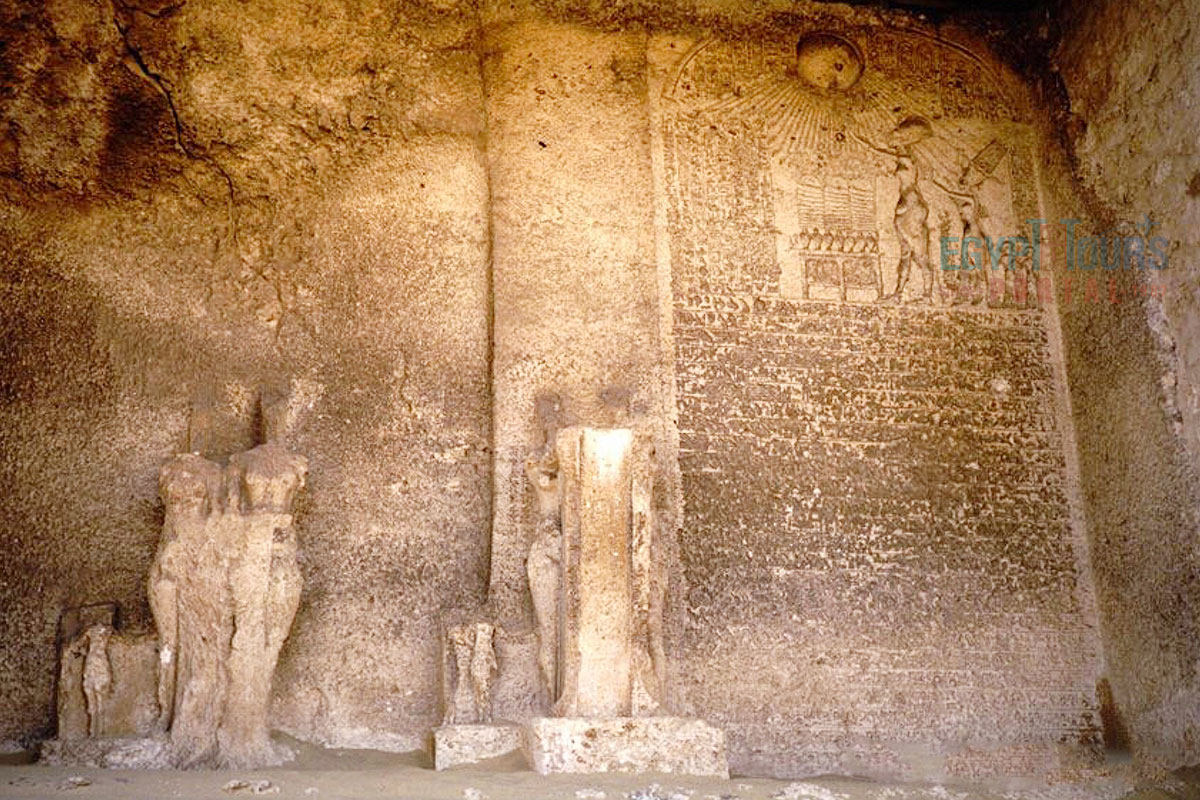
These Tombs & Catacombs date back to various periods, with many belonging to high-ranking ancient Egyptian nobles, officials, priests, and other esteemed members of ancient Egyptian society. The tombs and catacombs offer valuable insights into the funerary practices, Ancient Egyptian Religion, and societal structures of ancient Egypt. The most famous tombs in the area include:
A remarkable monument awaits those who venture into the necropolis of Tuna el-Gebel: the family tomb of Petosiris, an esteemed high priest of Thoth believed to have lived around 300 BC. This temple-tomb stands out with its pure style of ancient Egyptian architecture, featuring a pronaos, or pillared entrance hall, at ground level, and a cult chapel tucked into the rock below ground, housing the burial chamber. The magnificence of Petosiris's legacy is showcased in the Cairo Museum, where his inlaid wooden coffin is on display but may have been moved to the National Museum in Fustat.
Stepping into the pillared portico, everyone will get to cast their eyes on vivid depictions of various industries, including jewelry making, metalworking, incense crafting, and woodworking, as well as scenes of agricultural activities. Adorning the rear wall on either side of the entrance to the cult chapel, beautifully carved reliefs depict Petosiris and his wife alongside their relatives, accompanied by scenes of butchers and offering-bringers. Within the cult chapel, four square pillars surround the burial shaft, adorned with Egyptian hieroglyphs, while the figures adorning the walls sport a rare blend of Egyptian and Greek clothing, reflecting the intertwining of the two distinct periods.
The chapel is divided into eastern and western halves, each dedicated to the father and brother of Petosiris, respectively. These sections boast traditional funerary scenes and depictions of Egyptian deities, all presented with exquisite artistry that demonstrates the influence of both the Egyptian Old Kingdom and conventional Greek style. Among the invaluable texts preserved within the chapel is a description of works carried out in the temples of Hermopolis, adding historical significance to the already captivating tomb.
Recently cleaned and fitted with modern lighting, the tomb now reveals its well-preserved, elegant reliefs in all their glory. The original paint is remarkably intact, showcasing soft, airy colors, with a delicate hue of pale blue that enhances the tomb's beauty. It is undoubtedly one of the most breathtaking Egyptian tombs ever encountered.
Adjacent to the Tomb of Petosiris, lies the melancholic resting place of Isadora, dating back to the 2nd century AD. The tomb's decoration is sparse, accompanied by Greek texts commemorating the lady interred here. An intriguing legend surrounds Isadora—a young maiden hailing from the town of Hermopolis, renowned for her exceptional beauty and gentle nature.
Tragically, fate intervened when her boat capsized during a journey to meet her beloved fiancé from Antinopolis, located on the east bank of the Nile, leading to her untimely drowning. Isadora's grief-stricken father constructed this elaborate tomb in her memory, where she rests eternally, her mummy enshrined within a case in the first chamber.
At the rear of the chapel, an artfully sculpted half-shell gracefully shelters the funerary couch. Within the vicinity of Isadora's tomb stands the Oedipus tomb, adorned with replicas of scenes from the Greek Theban cycle—the original masterpieces now housed in the Cairo Museum. Numerous other tombs adorn the city of the dead, some even adorned with mock stone paneling reminiscent of Greek tombs in Alexandria.
Everyone has the opportunity to explore some of the tombs, while others may be accessed upon request. Further south, a colossal Roman waterwheel and a deep well-shaft, approximately 34 meters in depth, provide intriguing insights into the ancient water supply system that once sustained the area during the Roman era.
This catacomb represents the most significant section of Tuna el-Gebel, holding the revered 'living images' of Thoth. Northward on the site lies an intriguing stone balustrade that once enclosed an area dedicated to raising sacred ibis, which is an esteemed bird in ancient Egyptian culture. Beyond this enclosure lies an expansive catacomb, known as the sacred catacombs of Thoth, where baboon and ibis burials rest.
The majority of these marvelous animal burials date all the way back to the incredible Graeco-Roman Period, with noteworthy discoveries such as a baboon sarcophagus that dates to the time of Darius I (550 – 486 BC), along with several magnificent stone ibis sarcophagi. Within the side chambers of the catacombs, countless pottery jars house the mummified remains of these revered birds.
A remarkable and historically vital find within this catacomb was a jar containing highly preserved Aramaic administrative papyri from the time of the Persian occupation of Egypt. This discovery sheds light on the administrative and cultural aspects of the region during that era. The catacombs were not merely confined underground; they also integrated above-ground cult structures, including a temple constructed under the patronage of Alexander IV, adding another layer of historical significance to the site.
Stela of Akhenaten can be discovered through making a way from the marvelous Tuna El gabal area that once held this great stela from Akhenaten's reign, located in a shrine discovered in 1714. The first monument encountered is Akhenaten's boundary stela, situated on the right-hand side of the road.
It was created in Amarna city of 18th Dynasty of the New Kingdom. It is the oldest stela at the site and is placed above a steep flight of stone steps leading to a rock shrine carved into the cliff face. Inside the shrine, Jesuit traveler Claud Sicard found the first identified Akhetaten boundary stela, adorned with rock-cut sculptures of Akhenaten and his family.
The accompanying text dates back to the sixth year of his reign and records Akhenaten's vow not to expand his city's limits. The stela depicts the king and queen making offerings to the Aten in a typical Amarna pose. The stela has suffered significant erosion, but it is now protected by large smoked glass doors.
Discover all the ancient tombs of the immortal civilization of Egypt
Read More
The Tuna el-Gebel site in Minya has been a significant location for archaeological exploration since the start of the 20th century. Unprovenanced mummy masks housed in museums worldwide are likely to have originated from this site during the 19th century. Formal archaeological investigations began in the early 20th century, with various expeditions discovering Roman-period tombs, including the tomb of Petosiris in 1919.
Throughout the years, different archaeological teams from institutions like the Institut Français d´Archéologie Orientale, Deutsche Orient-Gesellschaft, Cairo University, Munich University, Trier University, Roemer- und Pelizaeus-Museum, and Lower Saxony State Museum have conducted excavations and surveys at the site. They explored different areas, including the necropolis and underground galleries filled with animal burials.
In recent times, a German team from the Roemer- und Pelizaeus-Museum and the Lower Saxony State Museum, continued the work, producing a detailed map and architectural plan of the site. In 2017, an interdisciplinary project called "Celebrating with the dead" started, combining archaeology, geophysics, and land surveying methods. Among the notable finds of the project were a burial shaft containing over 40 mummies, sarcophagi adorned with beautifully painted scenes, and various objects related to religious practices and funerary rituals.
In February 2019, Egyptian archaeologists made a significant discovery at Tuna El-Gebel, finding fifty mummy collections dating back to the Ptolemaic Kingdom, including twelve graves belonging to children. In January 2020, another discovery was announced, revealing the collective graves of senior officials and high clergies of the god Djehuty (Thoth), along with sarcophagi, five well-preserved coffins, and 16 tombs with hieroglyphic texts.

The excavations at Tuna el-Gebel provide valuable insights into the burial practices, funeral processions, and rituals associated with the ancient Egyptians and their beliefs about the afterlife. The ancient Egyptians continued their tradition when it comes to burying their dead, preserving their bodies by mummification plus preparing and executing the house of embalmment, funeral processions, burial practices, tomb offerings, and rituals associated with the tombs.
The excavators were able to make a number of discoveries of a significant number of mummified bodies in their publications. The presence of these mummies suggests the existence of a house of embalmment in the area. The exact location of the house of embalmment was located outside the necropolis; the processional way likely started there and led westward into the desert.
There were three main roads, two leading into the southern part of the excavated necropolis and one leading to a sacred precinct with two open courts west of the necropolis, with two potential sites mentioned: Hermopolis and a necropolis about 10 km west of the town. The lengthy procedure of mummification makes it unlikely that embalming took place in the town of the living. It is speculated that the house might have been situated at the edge of the cultivated land of the Nile Valley.
Processions with the mummified bodies are attested, particularly during the Ptolemaic period. The best-preserved example is the depiction of the funeral procession of the deceased Petosiris shown in his temple-like tomb. Placement of Bodies in Tombs and the burial practices in Tuna el-Gebel varied, with different forms of burials observed, such as deep shafts, pits in the ground, tomb enclosures, mummies openly displayed on klinai, single tomb monuments, tomb pillars, and even cremation urns. The manner of burial depended on the period and the social status of the deceased.
Tomb Offerings came in the shape of ushabtis, amulets, scarabs, and other protective ancient Egyptian symbols that were typical during the Ptolemaic period. There is also evidence of faience amphorae, glass vessels, and simple cooking ware used for rituals and offerings to the deceased.
It is shown that the ancient Egyptians gathered at the tombs after funerals and possibly on anniversaries to celebrate their ancestors. Rituals likely involved cooking food on fireplaces in front of the tombs, using vessels for offerings, and possibly presenting food to the deceased. The tradition of celebrating and honoring ancestors appears to have persisted for centuries.
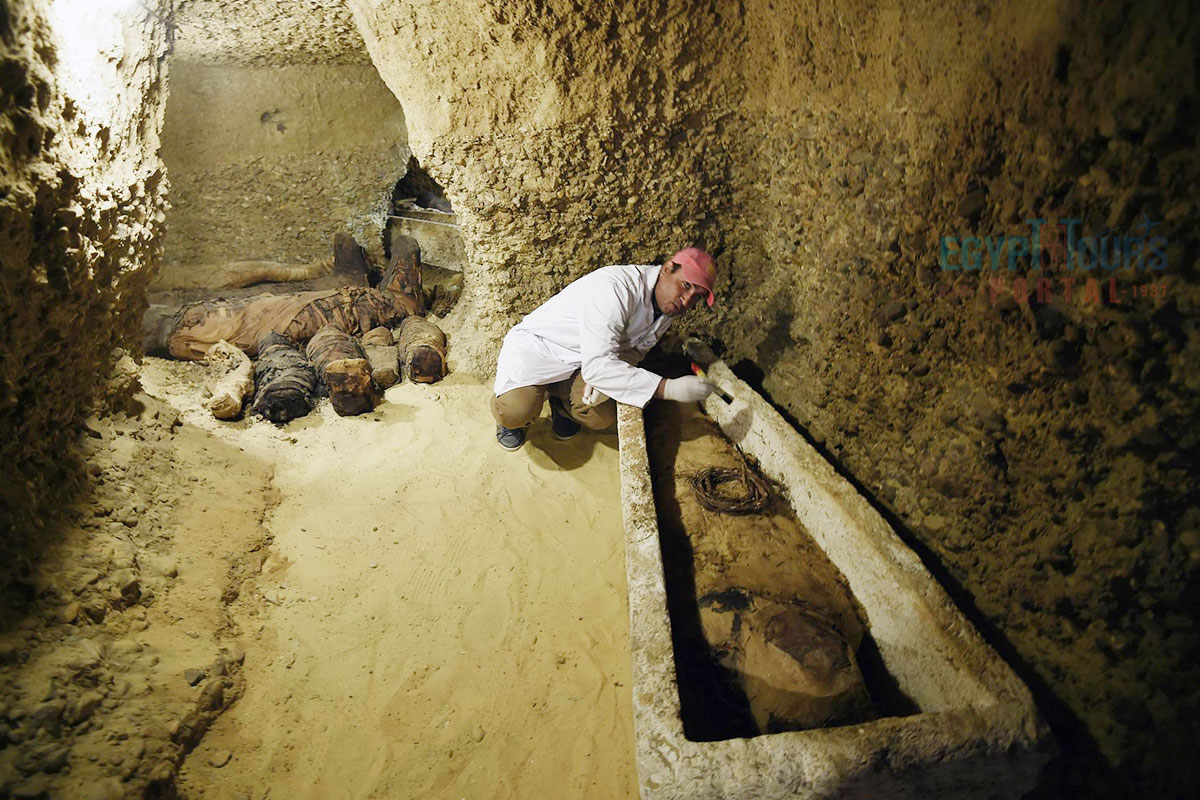
Tuna El Gabal stands as a celestial site of immense historical, artistic, architectural, and cultural value, which requires vigilant & efficient conservation efforts to preserve its archaeological heritage for future generations. The delicate nature of the artifacts, structures, and ancient remains necessitates careful handling and protection. Conservation measures aim to safeguard the site from environmental factors, human impact, and natural decay, ensuring its integrity and authenticity remain intact for years to come. The Egyptian government has made several efforts to protect this incredible site.
Tuna El Gabal stands as a golden example of the vibrant and advanced civilization that flourished in ancient Egypt in the middle of the Sahara. Its historical significance lies in its role as a center of religious worship, trade, style of architecture, and governance, as well as its contribution to our understanding of ancient Egyptian funerary & burial customs and commemorative culture.
Through ongoing excavations and dedicated conservation efforts, Tuna El Gabal continues to provide invaluable insights into the past, enriching our knowledge of the ancient world and captivating the imaginations of historians, archaeologists, and world travelers alike.
During our glorious Egypt Tours Packages and incredible Nile River cruise, everyone will come to live the most thrilling travel experience across the incredible treasures of ancient Egypt.
Private 4 Days Cairo Tour Packages for Australian Travelers 4 days Cairo Egypt Tour ...
Tour Location: Cairo – Giza...
5 Days Cairo and Alexandria Tour Package For Australian Travelers 5 days Cairo and A...
Tour Location: Cairo/Giza/Alexandria...
6 Days Cairo, Luxor & Aswan Tour Package For Australian Travelers 6 days Cairo, ...
Tour Location: Cairo/Giza/Aswan/Luxor...
Amazing 7 Days Cairo and Hurghada Holiday for Australian Travelers 7 Days Cairo &...
Tour Location: Cairo – Giza – Hurgh...
Tuna El Gabal, also known as the ancient city of Hermopolis Magna, holds significant historical importance as an archaeological site located in Minya Governorate, Egypt. The site was a prominent center during ancient Egypt, dating back to the Old Kingdom (2686–2181 BCE) through the Greco-Roman period.
Hermopolis Magna was dedicated to the worship of Thoth, the Egyptian god of wisdom, knowledge, and writing, making it a significant religious and cultural hub during its time. The city also served as a crucial administrative and trade center in the region.
Tuna El Gabal is an archaeological site, and some parts of it may be accessible to visitors, so you need to check. However, due to the sensitive nature of historical sites, access may be restricted or limited to certain areas.
It is essential to check with local authorities, archaeological authorities, or tourist information centers to confirm the current status of visitation and any regulations or restrictions in place. Always be respectful of the site's cultural heritage and follow any guidelines or rules set forth to preserve these historical treasures.
Yes, Tuna El Gabal has been the site of several significant discoveries that have shed light on ancient Egyptian history and culture. One of the most notable finds was the discovery of a vast necropolis containing numerous tombs and catacombs dating back to various periods, including the Late Period and the Ptolemaic era. Many of these tombs belong to high-ranking officials, priests, and other members of ancient Egyptian society.
In 2017, a mission from the University of Cairo discovered a collection of mummies, sarcophagi, and funerary artifacts in the area. Among the notable finds were a burial shaft containing over 40 mummies, sarcophagi adorned with beautifully painted scenes, and various objects related to religious practices and funerary rituals.
Archaeologists and researchers continue to work at the site. In February 2019, they found fifty mummy collections dating back to the Ptolemaic Kingdom, including twelve children's graves. In January 2020, they uncovered collective graves of high-ranking officials and clergy of the god Djehuty, along with sarcophagi, well-preserved coffins, and tombs with hieroglyphic texts.
These findings provided valuable insights into the ancient society's customs and beliefs. However, it's important to note that my information is based on the status as of September 2021, and there may have been additional discoveries made at Tuna El Gabal since then.
The entire country of Egypt deserve to be explored with its every heavenly detail but there are places that must be seen before any other such as the breathtaking Hurghada's red sea, The wonders of Cairo the pyramids of Giza, the great sphinx, the Egyptian Museum, Khan El Khalili Bazaar, the wonders of Luxor like Valley of the Kings, Karnak & Hatshepsut temple and the wonders of Aswan such as Abu Simbel temples, Philea temple, Unfinished obelisk and The Wonders of Alexandria like Qaitbat Citadel, Pompey's Pillar and Alexandria Library. Read more about the best places to visit in Egypt.
If you want to apply for a Visa On Arrival that lasts for 30 days then you should be one of the eligible countries, have a valid passport with at least 6 months remaining and pay 25$ USD in cash, as for the E-Visa for 30 day you should have a valid passport for at least 8 months, complete the online application, pay the e-visa fee then print the e-visa to later be presented to the airport border guard. You could also be one of the lucky ones who can obtain a free visa for 90 days. Read more about Egypt travel visa.
Egypt has a variety of delicious cuisines but we recommend “Ful & Ta’meya (Fava Beans and Falafel)”, Mulukhiya, “Koshary”, a traditional Egyptian pasta dish, and Kebab & Kofta, the Egyptian traditional meat dish.
The best time to travel to Egypt is during the winter from September to April as the climate becomes a little tropical accompanied by a magical atmosphere of warm weather with a winter breeze. You will be notified in the week of your trip if the Climate is unsafe and if any changes have been made.
You should pack everything you could ever need in a small bag so you could move easily between your destinations.
We have been creating the finest vacations for more than 20 years around the most majestic destinations in Egypt. Our staff consists of the best operators, guides and drivers who dedicate all of their time & effort to make you have the perfect vacation. All of our tours are customized by Travel, Financial & Time consultants to fit your every possible need during your vacation. It doesn't go without saying that your safety and comfort are our main priority and all of our resources will be directed to provide the finest atmosphere until you return home.
You will feel safe in Egypt as the current atmosphere of the country is quite peaceful after the government took powerful measures like restructuring the entire tourist police to include all the important and tourist attractions in Egypt. Read more about is it safe to travel to Egypt.
Wear whatever feels right and comfortable. It is advised to wear something light and comfortable footwear like a closed-toe shoe to sustain the terrain of Egypt. Put on sun block during your time in Egypt in the summer to protect yourself from the sun.
The best activity is by far boarding a Nile Cruise between Luxor and Aswan or Vise Versa. Witness the beauty of Egypt from a hot balloon or a plane and try all the delicious Egyptian cuisines and drinks plus shopping in old Cairo. Explore the allure and wonders of the red sea in the magical city resorts of Egypt like Hurghada and many more by diving and snorkeling in the marine life or Hurghada. Behold the mesmerizing western desert by a safari trip under the heavenly Egyptian skies.
There are a lot of public holidays in Egypt too many to count either religious or nation, the most important festivals are the holy month of Ramadan which ends with Eid Al Fitr, Christmas and new years eve. Read more about festivals & publich holidays in Egypt.
Egypt is considered to be one of the most liberal Islamic countries but it has become a little bit conservative in the last couple of decades so it is advised to avoid showing your chest, shoulders or legs below the knees.
Arabic is the official language and Most Egyptians, who live in the cities, speak or understand English or at least some English words or phrases. Fewer Egyptians can speak French, Italian, Spanish, and German. Professional tour guides, who work in the tourism sector, are equipped to handle visitors who cannot speak Arabic and they will speak enough English and other languages to fulfill the needs of all our clients.
The fastest way is a car, of course, a taxi. If you are in Cairo ride a white taxi to move faster or you could board the fastest way of transportation in Egypt metro if the roads are in rush hour.
The temperature in Egypt ranges from 37c to 14 c. Summer in Egypt is somehow hot but sometimes it becomes cold at night and winter is cool and mild. The average of low temperatures vary from 9.5 °C in the wintertime to 23 °C in the summertime and the average high temperatures vary from 17 °C in the wintertime to 32 °C in the summertime. The temperature is moderate all along the coasts.
It is the home of everything a traveler might be looking for from amazing historical sites dating to more than 4000 years to enchanting city resorts & beaches. You will live the vacation you deserve as Egypt has everything you could possibly imagine.









